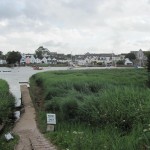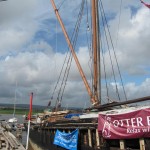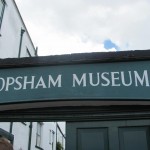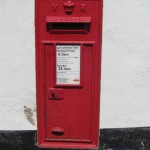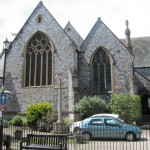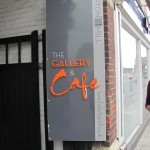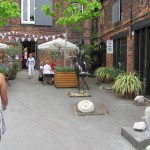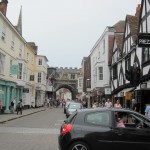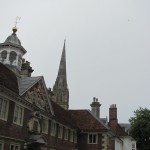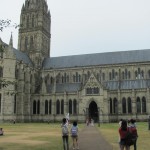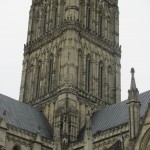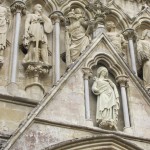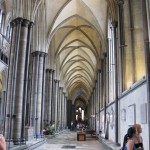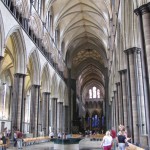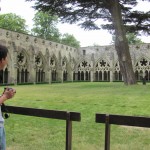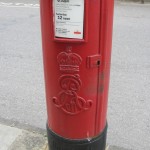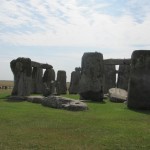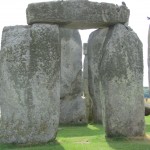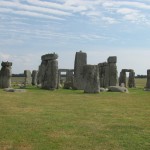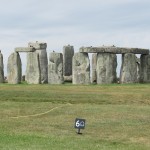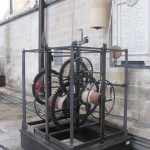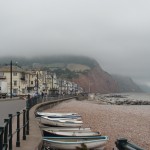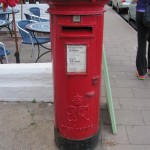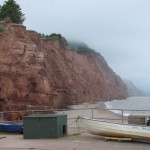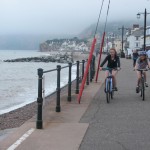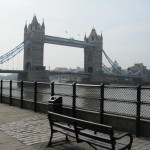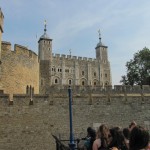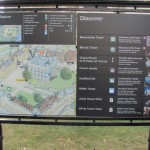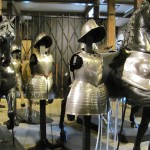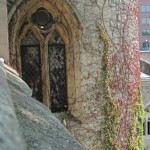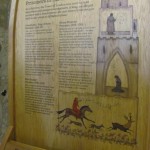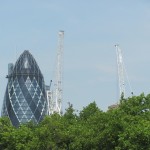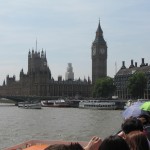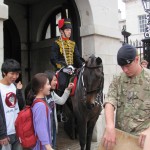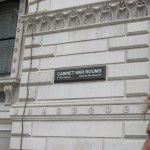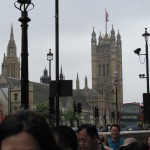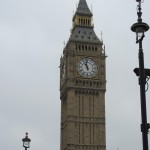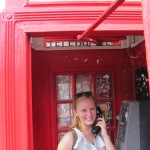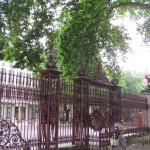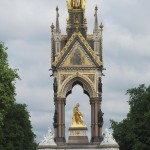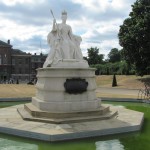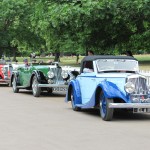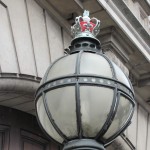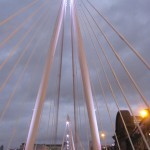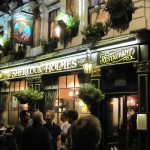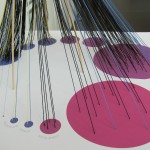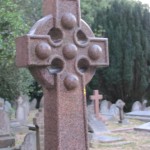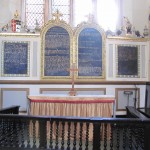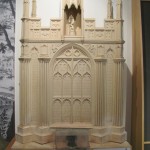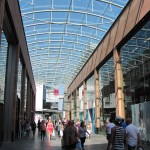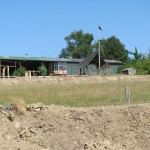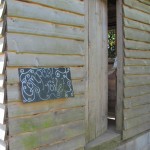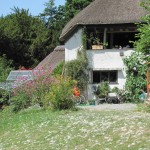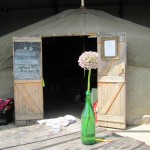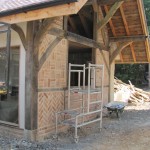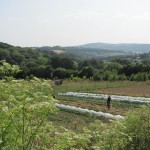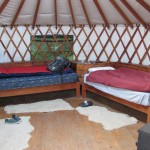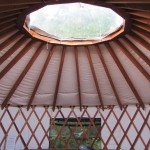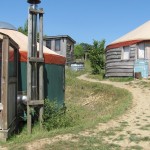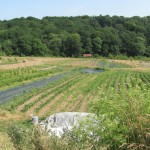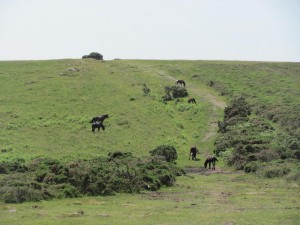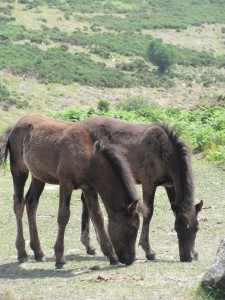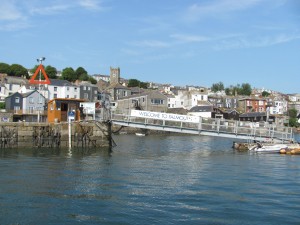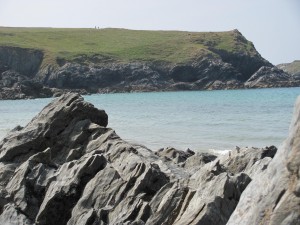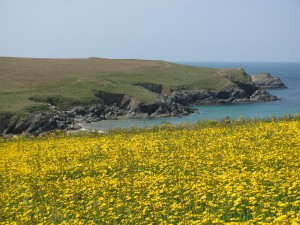Cycle, Ferry, Repeat
Yesterday, Sunday, was a free day for the International Summer School students to use as we pleased. Veronica, Cayla, myself, and Jordan, a student from Montana, planned a day trip to the nearby historic shipbuilding town of Topsham. After breakfast, we headed down towards the Quay to rent bicycles for our 3 mile journey on the Exe Cycle Path. (In England, you do not “ride a bike,” you “cycle.”) After being fitted with helmets, locks, and the most adorable bicycles with baskets we headed off along the well-marked path which runs right along the river and canal. The ride was absolutely beautiful as we passed through countryside, the waterway, and cow fields. Once we reached the town of Topsham, we waited for the town ferry to carry us and our bikes across the river. The “dock” is a simple sidewalk-width concrete ramp that slopes into the water. Once we walked towards the water’s edge, we could see the ferry making its way back across the river towards us. The ferry man who helped us load our bikes onto his small boat was exactly what you imagine a ferry man to look like: tan, sea weathered skin with a white beard and a blue slicker jacket.
Once on the other side of the river, we made our way towards the Quay Antique Center, three floors of anything and everything you could possibly expect to see in an antique shop. Before reaching the store, however, we were confronted by a particularly aggressive pair of geese. As soon as we spotted them walking towards us, we knew we were in for trouble (You can see it in their eyes!). Thankfully, after a five minute stand-off, we all made it past them, although I’m sure we looked quite silly screaming as we rode past as quickly as possible. Once in the Antique Shop, we spent a few hours perusing all three floors, I mainly focused on the jewelry(I ended up finding two pairs of earrings and an antique necklace for two pounds!). After making our purchases, we headed towards the quaint Topsham Museum which is run entirely by volunteers and supported by its attached cafe. The museum was once the home of a prominent shipbuilding family in Topsham, the last descendant of which began collecting maritime historical items and donated the house to the city upon her death to be used as a museum. The museum was not officially open when we arrived, but I decided to ask the woman at the desk just to make sure we couldn’t go in. She then called over one of the volunteers, and we were promptly given a personal tour of the museum before its official open hours. Of all the interesting artifacts within the home, I most enjoyed the enormous swan boat designed by an eccentric shipbuilder, the Vivian Leigh room, dedicated to the Gone with the Wind actress (They have the nightgown she wore in the movie), the 1930s kitchen, and the scale model of the city from the early 1900s.
Once we left the museum, we took the receptionist’s advice and found The Cafe restaurant in town for lunch. With a surprisingly original menu and beautiful patio and interior, we were very happy with our choice. Shortly after lunch, we caught a return ferry and rode back towards Exeter. After rushing up to Holland Hall, we quickly changed and rushed back down towards the city center to attend the Evening Song Service at the Cathedral. Hearing live choral and organ music in a space like that of the Exeter Cathedral is a wonderful experience. The choir was actually visiting from St. Antonio, Texas (go figure!) and they were fabulous! After the service we ducked out the pouring rain into a nearby restaurant for a traditional Devon cream tea while we waited for clear skies. I don’t think we could have possibly fit more into our free day if we tried, but it was a lovely day by anyone’s standards in the SouthWest of England.
- Looking towards Topsham
- Waiting for the Ferry
- Boat Restoration in Progress
- Queen Victoria mailbox: very exciting find!
- Topsham Church
Permalink Comments off
